Do you ever wonder why a soft reading light seems more calming than a sharp top light? The type of light you choose for your bedroom can have a profound impact on your sleep! So, what is the best LED light color for sleeping? Our bodies have an innate reaction to light. So ideal situation would be to fall asleep at the end of the day and to rise with the sun at dawn.
It is great that the right light can help you sleep, but modern fake lights disrupt this cycle.
What is the best LED light color for sleeping?
Warm colors such as reds and oranges are your friends. What color makes you sleepy? Warm colors have little effect on the circadian rhythm, which regulates sleep and wakefulness, according to research. They make great nightlights or reading lamps before bed.
Do blue LED lights help you sleep? Blue lights disrupt sleep. At night, it is best to avoid bright lights with a strong blue hue.
What color makes you sleepy? A TV or cell phone that gives off blue light stops the production of melatonin, a hormone that makes you feel sleepy. The temperature of the light is also important; a bulb with a low Kelvin (K) number means it is warm.
What if you can’t install colored lights in your bedroom?
There are many ways to create a sleep-supportive environment in your bedroom, even without colored lights:
- Layer your lighting: Choose a central ceiling light and bedside lamps or sconces that go with it. This way, you can have bright light when you need it and a cozy atmosphere when you want to relax.
- Pick Warm-Toned Bulbs: Pick incandescent or LED bulbs with low Kelvin (K) numbers that give off a warm orange or yellow glow.
- Consider Dimmable Lighting: You can get lamps with dimmers or smart bulbs that let you slowly lower the light as bedtime approaches, making it look like it is getting dark.
- Use night lights: If you need a low level of light at night, use a night light with an amber bulb to cut down on the blue light it gives off.
- Fairy lights might be too silly, but string lights with warm white or amber bulbs give off a soft, diffused glow.
If you follow these tips, you can make your bedroom feel cozy and calm, which will help you sleep better.
Beyond Color: Light Temperature and Sleep
Light temperature, measured in Kelvins (K), is another crucial factor influencing sleep. Warmer light temperatures, typically below 3000K, radiate a warm, yellowish glow that promotes relaxation and sleepiness.
Alternatively, cooler temperatures (above 5000K) mimic daylight and stimulate the mind, making them ideal for daytime activities.
Here’s a handy guide to choosing the right light temperature for your needs:
- Below 2700K: Deep, warm glow ideal for a cozy sleep sanctuary.
- 2700K – 3000K: Warm white light suitable for relaxation and winding down.
- 3000K – 5000K: Neutral white light suitable for everyday activities like reading or working.
- Above 5000K: Cool white light is ideal for daytime tasks requiring focus and alertness.
Read Also: How To Incorporate Mid Century Modern Bedroom Light Fixtures
5 ways on how to create the perfect sleeping atmosphere?
Your bedroom should be a sleep sanctuary, designed to promote relaxation and quality slumber. Here are key elements to consider:
Light: Darkness is key. You may want to use blackout curtains or an eye mask to block out the light. If you need a nightlight, choose one with a warm red or amber bulb.
Temperature: A cool room is ideal for sleeping. Aim for a temperature between 60-67 degrees Fahrenheit (15.5-19.5 degrees Celsius).
Sound: Silence or calming sounds promote sleep. Use earplugs or a white noise machine to block disruptive noises.
Comfort: Make sure your bed is comfortable and inviting, with supportive pillows and bedding that suits the temperature.
Ambience: Create a relaxing atmosphere. Choose calming colors for the walls and bedding. Declutter the space to promote peace and tranquility.
The focus on these elements can help you create a sleeping environment that lulls you to restful sleep night after night.
What light colors will help you relax before bedtime?
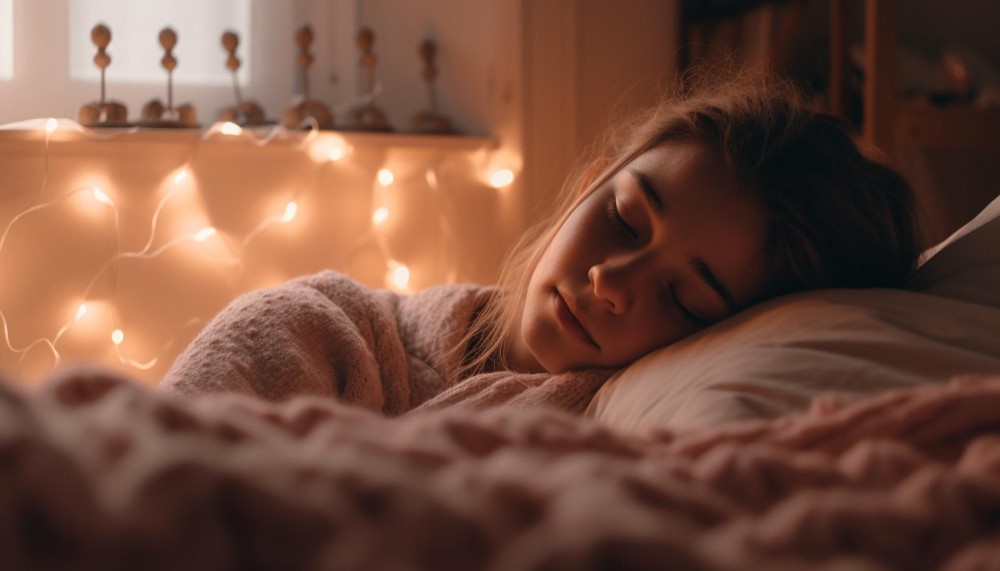
Warm, dim lights are ideal for winding down before bed. Here are some sleep-supportive color options:
- Red: Red light is often recommended as it has a lower impact on melatonin production than other colors. Choose a dim red though, as a bright red might still be stimulating.
- Orange: Similar to red, orange light has a low impact on melatonin production.
- Yellow: Yellow light is another option as it also has a less disruptive effect on melatonin than blue light.
In addition to the specific color, consider the following:
- Dim the lights: The dimmer the lights, the better for sleep.
- Avoid blue light: Avoid exposure to blue light from electronic devices close to bedtime, as it suppresses melatonin.
It can be easier to fall asleep if you use calming colored lights and lower the amount of light in the room before bed.
Read Also: 6 Best Way To Install Behind The TV LED Lights
What LED light color helps you wake up?
To wake up in the morning, bright colors like orange and yellow are best. Some sources even suggest smart bulbs that look like sunrises.
Here are some additional options.
- Light therapy lamps: These lamps mimic natural sunlight and can be especially helpful during the dark winter months.
- Natural light: If possible, open the curtains to allow natural sunlight in as soon as you wake up.
Some light colors can make you more alert, and it is important to stick to a regular sleep schedule so you can wake up feeling rested.
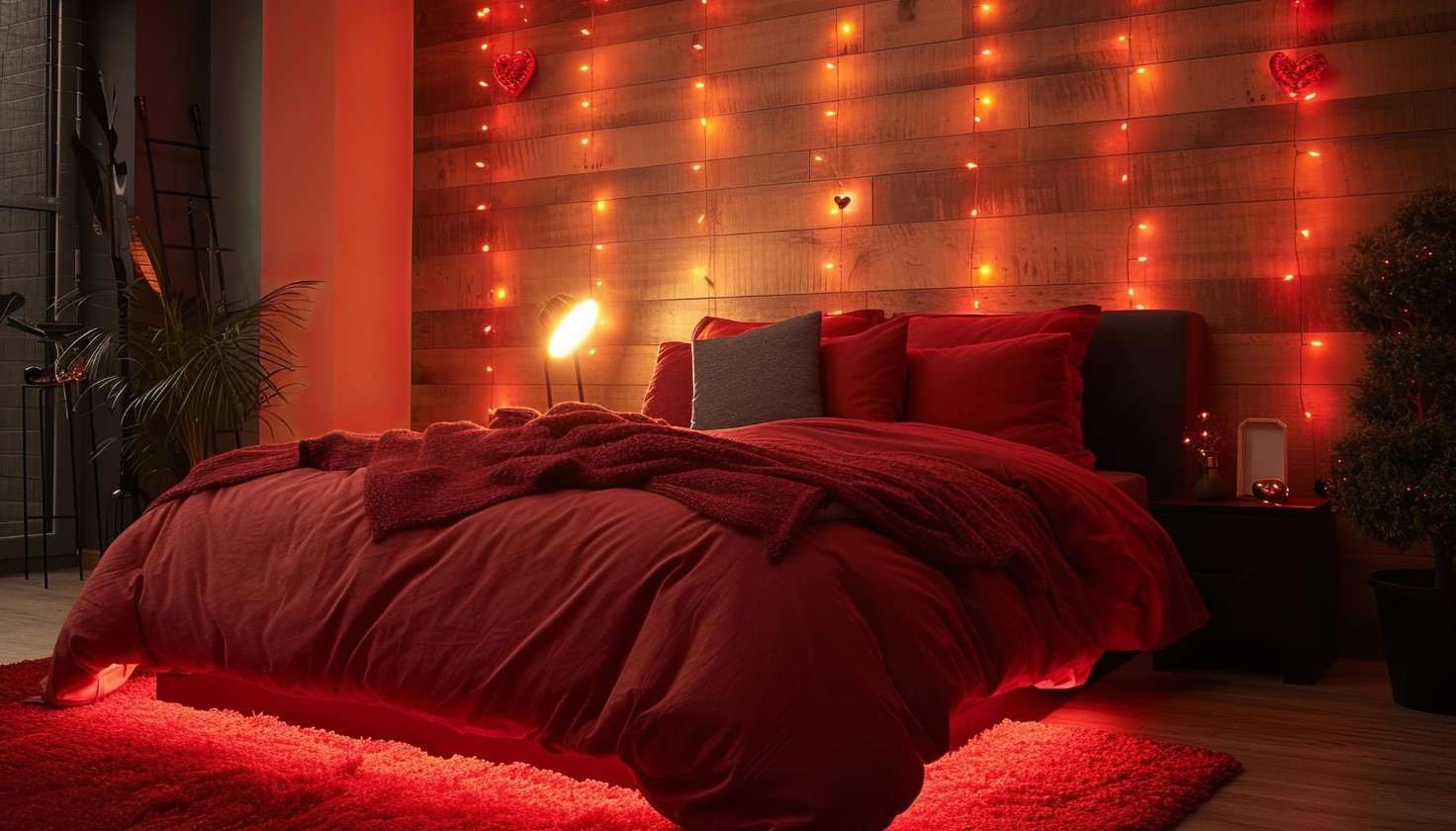
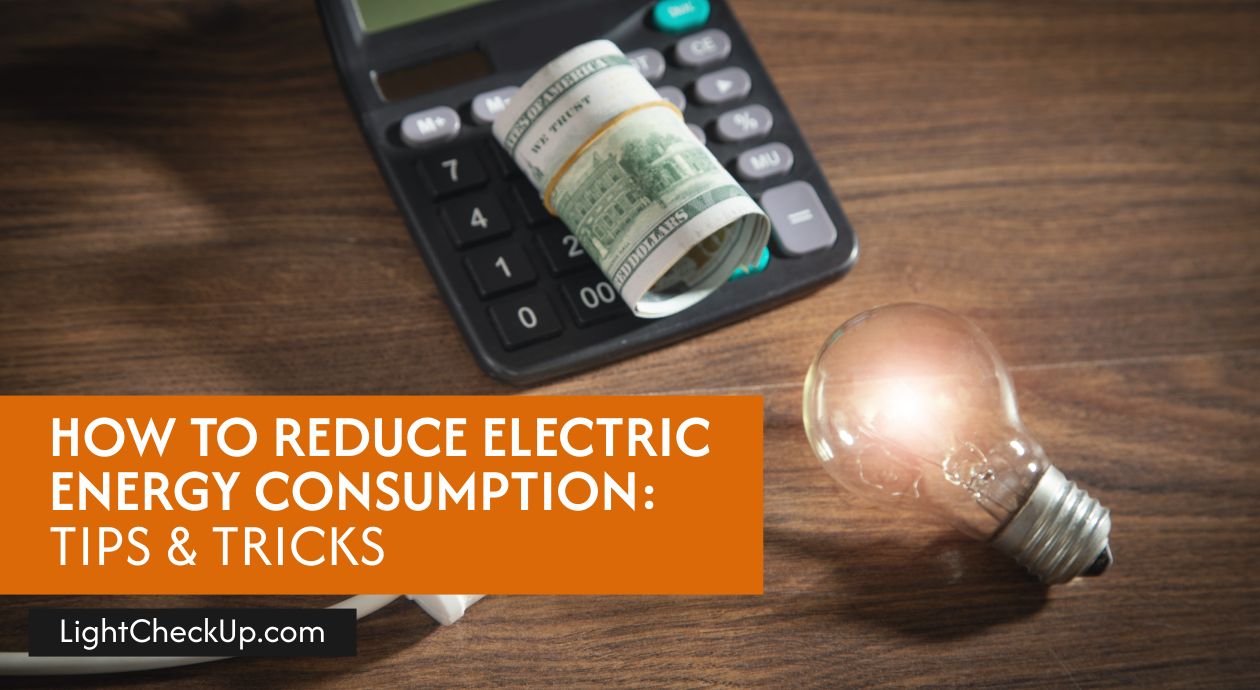


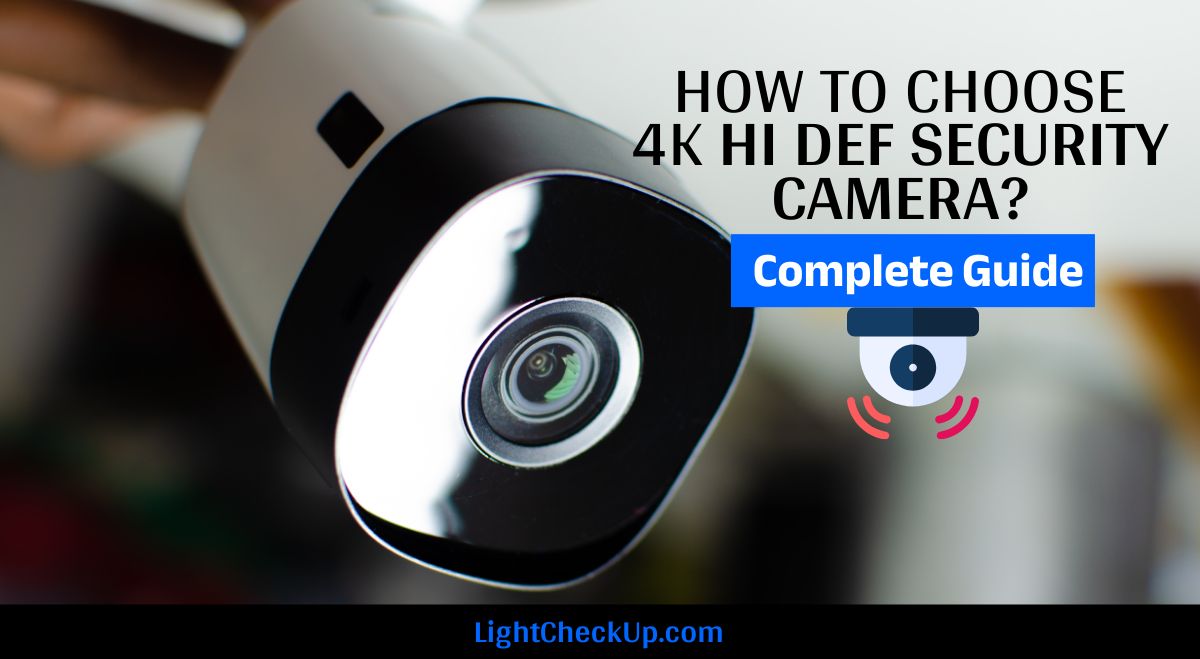











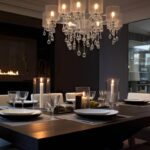
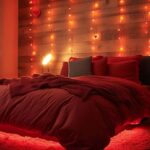


Average Rating